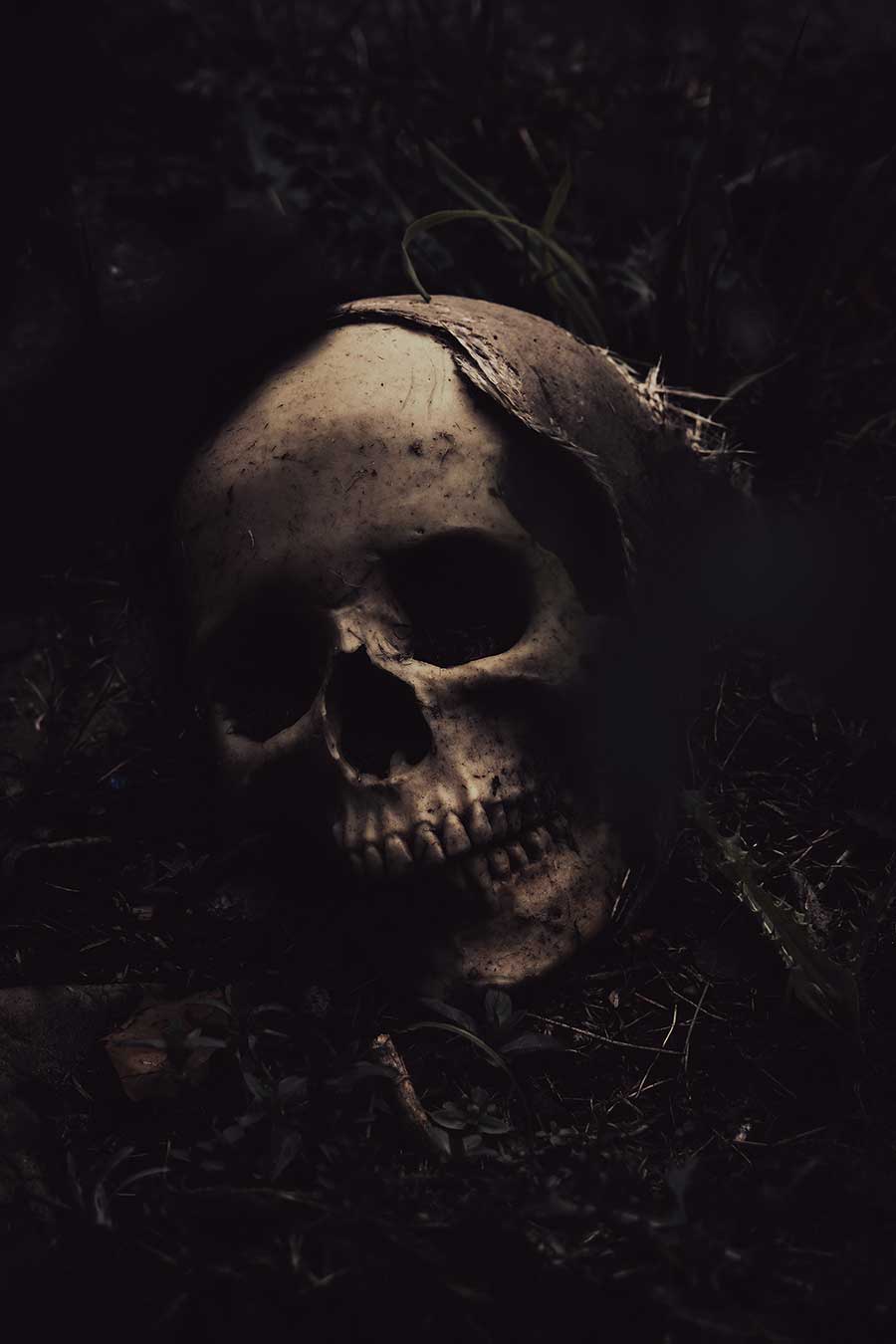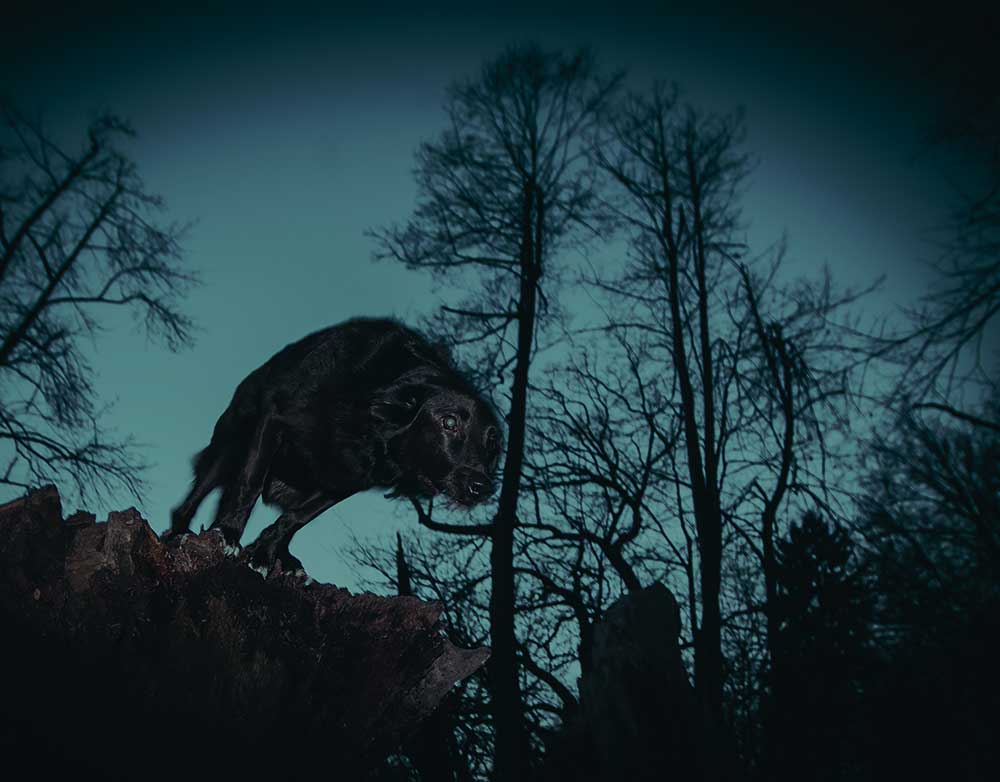Witches, Ghosts and Medieval Persecution –
A Novel In The Making
Authors are often asked what inspires them and where their ideas come from. After my first novel was published, friends and readers raised these questions at book events, so I became far more aware of the influences that moulded the story as I wrote my second novel.
Much of what eventually became Seahurst had been in my mind for decades, and pulling those unconnected events and ideas into a single narrative became the novel. Here are a few of the spooky ones…
When Seventeen Bodies were found almost on my doorstep
I live in central Norwich close to the Chapelfield shopping centre. When we moved to our home, the shopping centre was still to be built on the abandoned site of a chocolate factory. Excavations started in 2004. A well was discovered with seventeen skeletal remains inside it. It wasn’t until 2011 that they were studied by a forensic anthropologist who concluded that the six adults and eleven children were likely to be of Jewish ancestry and live in the 12th or 13th century. It’s a fascinating, if rather macabre, tale which is retold in an excellent History Cold Case documentary.
The haunting in Seahurst came from the horrific images the excavation left lingering in my mind, and over time, my imagination did the rest


The Haunted Suffolk Coast
As a writer born in Suffolk and drawn to the supernatural, it was inevitable that I would one day set a story on the Suffolk coast. The essential elements of atmosphere and isolation are present there, and folklore abounds with malevolent tales such as the demonic dog Black Shuck. His terrifying appearance in Blythburgh 1577 is a well known Suffolk legend.
Many genre writers have been inspired by the eerie solitude of the reed beds and marshes, the flat naked landscape and the long and constantly eroding coastline. M.R. James is one of the well-known writers who set his stories there. Although not born in the county, he spent much of his early life in Suffolk, including Aldeburgh, where I like to visit when I can.
As a child, I spent a good deal of time in the picturesque coastal towns of Southwold and neighbouring Walberswick, but the mudflats and marshes were never far away, as was the ominous presence of the nuclear dome at Sizewell. Great churches, such as the Cathedral of the Marshes at Blythbrough, and the ruins of Greyfriars monastery at Dunwich, fed my imagination from an early age. The ruins are well worth a visit. Seahurst pulls these influences together in the modern glass and steel house perched on the crumbling cliff edge in the shadow of an abbey ruin.
She’s a Witch!
The tragic case of Aubrey Grinset in Dunwich became woven into the haunting in Seahurst. The persecution of witches across Europe in the 1600s is well known, and in East Anglia, the Witch Finder General, Mathew Hopkins, was busy obtaining confessions of witchcraft by torture. Like so many accused, Aubrey was elderly, a beggar and an outsider. Witches and healers had been persecuted in Britain over many centuries. In Seahurst, Sibilla stands accused of being in league with the devil at the time of the massive storms that silted up the thriving port of Dunwich.
Ghostly Bells Ringing Beneath The Waves
Growing up, I heard many times of Dunwich’s lost churches, their bells sounding beneath the North Sea. Back then, it was just one of the numerous Suffolk legends and folk tales, but in 2016 the University of Southampton surveyed the sea bed and found the lost settlement. If you are lucky enough to visit Dunwich, take advantage of the tiny museum along the road from the pub. It has a scale model of what the lost town is believed to look like in its heyday. Scientists spookily suggest the town may reemerge from the waves as sandbanks shift and coastal erosion takes its toll. While we wait for that, visitors should look out for hobby lanterns shining on the clifftops, luring sailors to a watery death, and ghostly monks that wander the monastery ruins on wild winter nights.
Further up the coast, people’s homes are still being lost to the sea today. All too regular articles appear in the Norfolk and Suffolk papers about the relentless coastal erosion. The national press cover the most serious events but behind each story is the life of someone losing their home. An ongoing contemporary tragedy recently reported on again by the BBC . All of it combined to inspire my novel Seahurst, a ghostly tale weaving the past and present into one.
